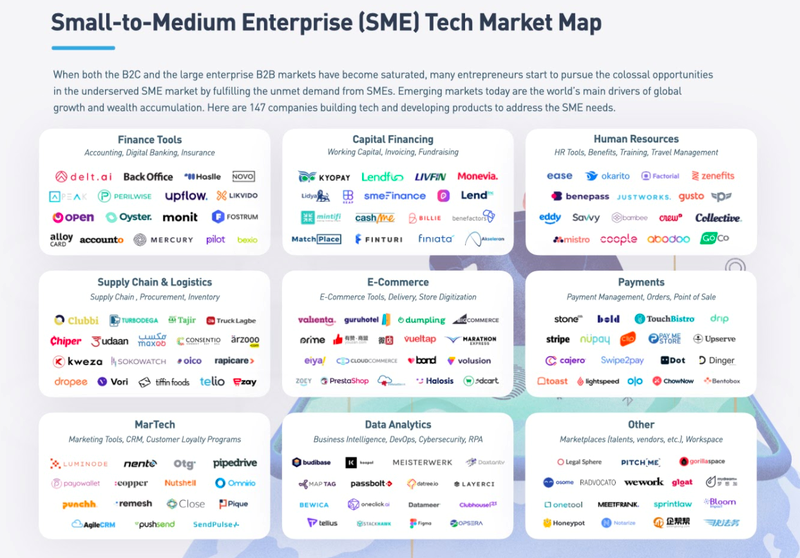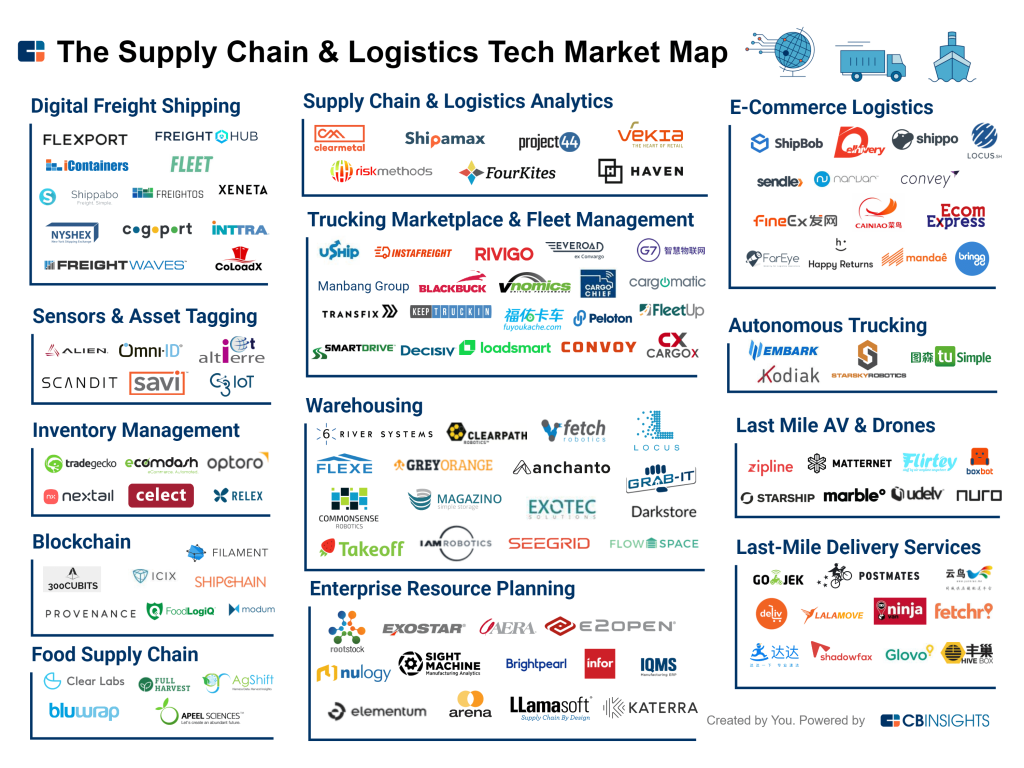In today’s fast-paced and evolving business landscape, effective supply chain management is critical for the success of any organization, regardless of its size. This blog post delves into the intricacies of logistics in small and medium-sized enterprises (SMEs) and startups, highlighting their unique challenges and opportunities. To provide a comprehensive overview, the author draws from various academic studies, reports, and surveys to shed light on the latest trends and best practices in supply chain management.
Logistics in SMEs: Challenges and Opportunities
SMEs, defined as enterprises with fewer than 250 employees, constitute a significant portion of the global economy, accounting for over 90% of businesses and generating approximately 60% of employment worldwide (OECD, 2021). Despite their importance, SMEs face several logistical challenges, such as limited resources, lack of economies of scale, and difficulties in attracting skilled workforce (Singh & Sharma, 2020). However, these smaller enterprises can leverage their agility and flexibility to adapt to new trends and technologies in supply chain management, such as adopting cloud-based solutions and implementing real-time data analytics (Prajogo & Olhager, 2022).
Logistics in Startups: Risks and Rewards
Startups, typically characterized by their innovative business models and rapid growth potential, also encounter unique logistical challenges. These often include unpredictable demand fluctuations, a scarcity of capital, and an absence of established supplier relationships (Blank & Dorf, 2020). Nevertheless, startups can take advantage of their entrepreneurial mindset and risk tolerance to experiment with disruptive supply chain solutions, such as implementing blockchain technology or leveraging the sharing economy to optimize asset utilization (Kshetri, 2017; Gonçalves et al., 2020).
A Data-Driven Comparison: Logistics Performance of SMEs and Startups
To better understand the logistics performance of SMEs and startups, we must dive into the data. A recent study by the World Bank (2020) found that SMEs face higher logistics costs as a percentage of sales (21.3%) compared to larger firms (16.9%). This disparity may be attributed to the limited bargaining power and economies of scale available to SMEs, as well as their reduced access to resources and expertise (Singh & Sharma, 2020). In contrast, startups face more significant challenges in meeting delivery times, with 30% reporting difficulties in doing so compared to just 19% of SMEs (TechCrunch, 2021). This discrepancy can be linked to startups’ lack of established supplier relationships and unpredictable demand fluctuations (Blank & Dorf, 2020).
Despite these differences, both SMEs and startups share a common interest in harnessing technology to optimize their logistics operations. A recent survey by Accenture (2021) revealed that 72% of SMEs and 78% of startups are actively investing in digital supply chain solutions. Moreover, the adoption of data analytics and artificial intelligence (AI) is on the rise, with 66% of SMEs and 76% of startups integrating these technologies into their logistics strategies (Forbes, 2021).
Conclusion
To sump up, SMEs and startups, while facing distinct logistical challenges, share the mutual objective of leveraging innovative technologies and data-driven insights to enhance their supply chain management. SMEs, with their experience and established networks, can learn from the disruptive solutions and risk-taking mindset of startups. Conversely, startups can benefit from the expertise and stability that SMEs provide. By fostering collaboration, sharing best practices, and strategically investing in digital supply chain solutions, data analytics, and artificial intelligence, both SMEs and startups can overcome their unique hurdles, optimize their logistics operations, and ultimately drive sustainable growth, creating a competitive advantage in today’s ever-evolving business landscape.
References
Accenture. (2021). Embracing Digital Transformation in Supply Chain Management: A Survey of Small and Medium-sized Enterprises and Startups. Retrieved from https: //www.accenture.com/us-en/insights/industry-x/digital-supply-chain-transformation
Blank, S., & Dorf, B. (2020). The Startup Owner’s Manual: The Step-By-Step Guide for Building a Great Company. K&S Ranch.
Forbes. (2021). The State of Supply Chain Digitalization: A Deep Dive into SMEs and Startups. Retrieved from: https://www.forbes.com/sites/forbesbusinesscouncil/2021/09/01/the-state-of-supply-chain-digitalization-a-deep-dive-into-smes-and-startups/
Gonçalves, V., Silva, R., Pereira, T., & Brito, M. (2020). Business models for the sharing economy: Opportunities and challenges. Journal of Business Research, 113, 372-379.
Kshetri, N. (2017). Will blockchain emerge as a tool to break the poverty chain in the Global South? Third World Quarterly, 38(8), 1710-1732.
OECD. (2021). Small and medium-sized enterprises (SMEs). Retrieved from https: //stats.oecd.org/glossary/detail.asp?ID=3123
Prajogo, D., & Olhager, J. (2022). The roles of digital technology use in achieving ambidexterity in supply chain management. International Journal of Production Economics, 242, 108235.
Singh, R. K., & Sharma, M. K. (2020). Supply chain management in small and medium enterprises: A systematic review and bibliometric analysis. Benchmarking: An International Journal, 27(7), 2263-2290.
TechCrunch. (2021). Logistics Challenges in the Age of Startups. Retrieved from: https://techcrunch.com/2021/08/20/logistics-challenges-in-the-age-of-startups/
World Bank. (2020). World Bank Enterprise Surveys. Retrieved from: https://www.enterprisesurveys.org

